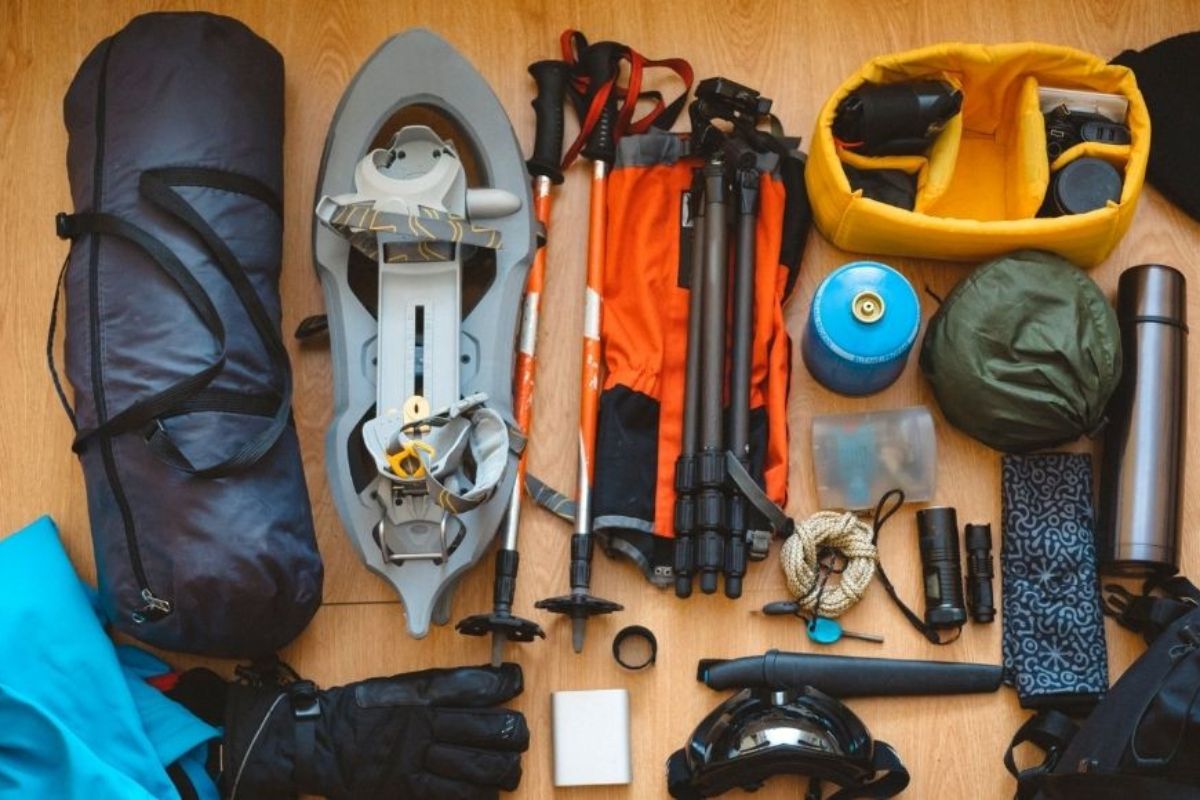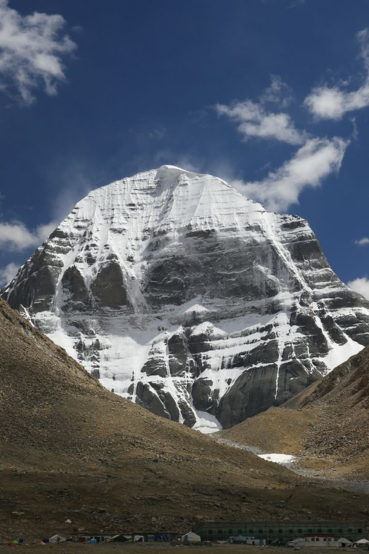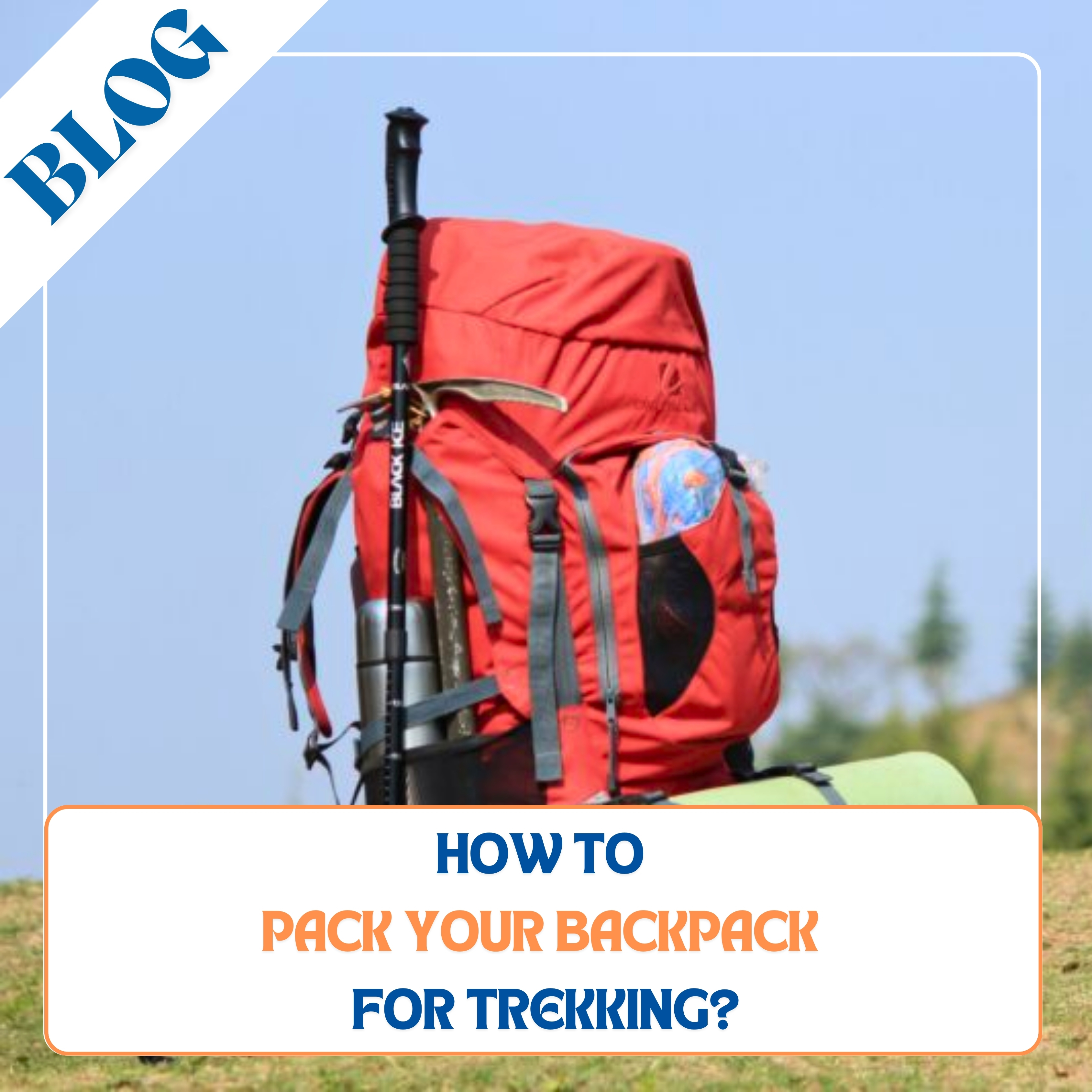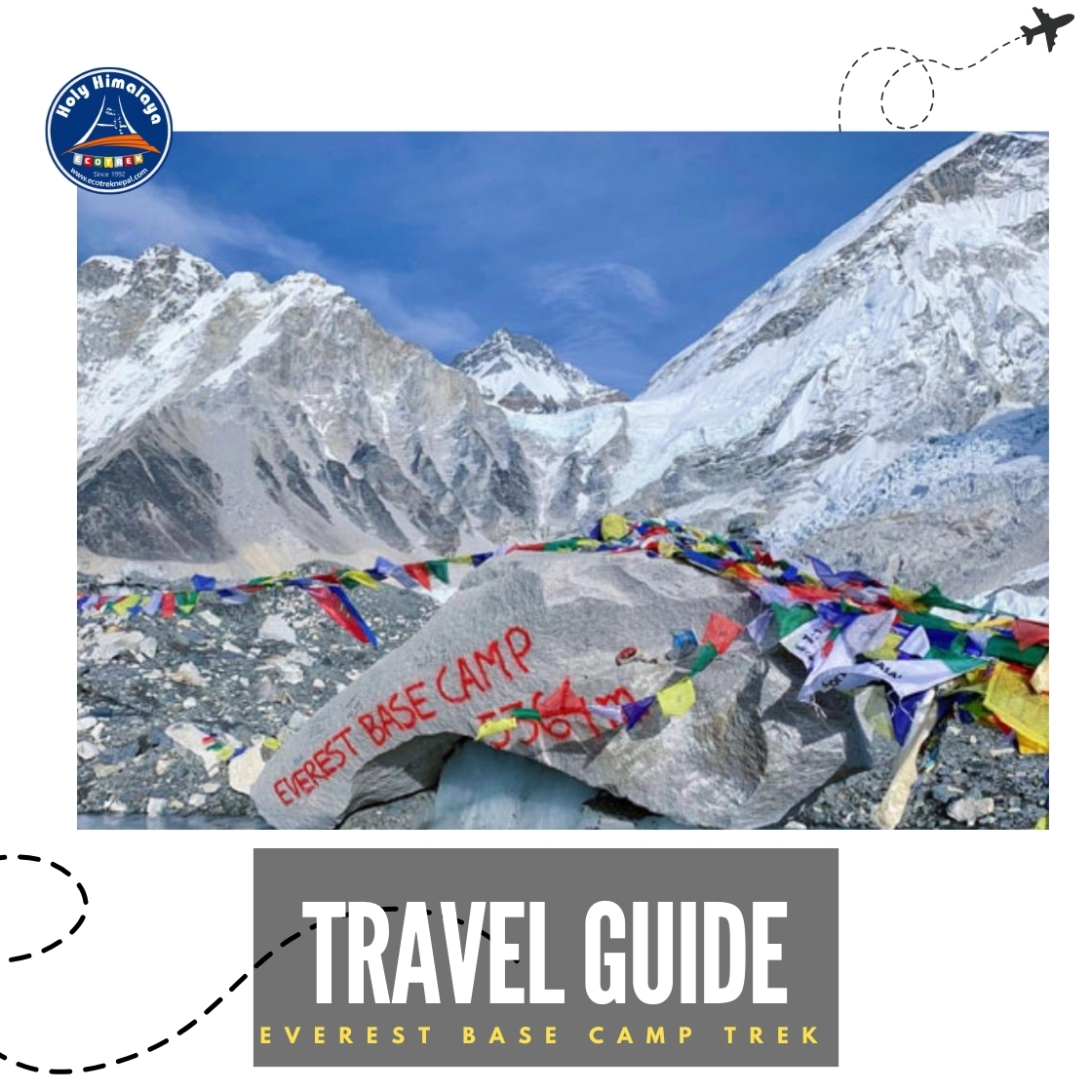Packing your backpack correctly can make your trek much easier and more enjoyable. A well-organized pack helps you find things quickly, keeps your load balanced, and prevents unnecessary strain on your back. Whether heading out for a short hike or a long adventure, knowing how to pack properly will make your journey much smoother. Here’s a simple guide to help you pack like a pro!

Put Light Items at the Bottom
Start by packing lightweight but bulky items, like your sleeping bag and sleeping mat, at the bottom of your backpack. These items act as a cushion and create a stable base. Since you won’t need them during the day, storing them at the bottom keeps them out of the way while making the pack more balanced.
Keep Heavy Items Close to Your Back
Pack your heaviest gear—such as food, cooking equipment, or a bear canister—close to your back and between your shoulder blades. This helps maintain your balance and prevents your backpack from pulling you backward. Try to distribute weight evenly to avoid back strain.
Use Waterproof Bags for Important Items
Weather can be unpredictable, so protect your essentials! Store things like extra clothes, electronics, and your sleeping bag in waterproof bags or zip-lock pouches. Even if your backpack is water-resistant, this extra layer keeps your items dry and safe.
Keep Your First Aid Kit Within Reach
If you get a cut, blister, or minor injury, you’ll want quick access to first aid supplies. Keep bandages, antiseptic wipes, pain relievers, and personal medications in an easy-to-reach pocket. A small first aid kit can make a big difference in an emergency.

Pack Rain Gear at the Top
Mountain weather can change fast, so always have your rain jacket and waterproof pants packed at the top of your bag. This way, you can grab them quickly without digging through everything else.
Strap Your Tent to the Outside
If you’re bringing a tent, pack it in a waterproof bag and attach it securely to the outside of your backpack. This saves space inside and keeps your tent dry. Use straps or bungee cords to keep it in place and prevent it from shifting while you hike.
Keep Water Bottles in an Upright Position
Staying hydrated is crucial! Store your water bottle in an easily reachable side pocket. Keeping it upright prevents leaks, and you can grab it whenever you need a drink. If using a hydration bladder, place it in the designated sleeve inside your backpack for hands-free drinking.
Store Fuel Bottles Outside the Pack
If you’re carrying fuel for cooking, always store it upright and outside the main compartment. This prevents leaks from damaging your gear. Make sure the cap is tightly sealed and secure it in an external pocket or strap it to the side of your bag.

Keep Small Essentials in Outer Pockets
Things like sunscreen, a compass, maps, snacks, and guidebooks should go in the outer pockets. You’ll use them often, so keeping them easily accessible saves time and effort. If your backpack has a hip belt pocket, store small items like lip balm, energy gels, or a pocket knife there for quick access.
Balance Your Load for Comfort
A well-packed backpack should feel balanced when you wear it. Avoid placing too much weight on one side, as this can make hiking uncomfortable. Adjust your shoulder straps, hip belt, and chest strap so the weight is evenly distributed. Make small adjustments throughout the trek to stay comfortable.
Final Thoughts
Packing your backpack properly is about more than just fitting everything inside—it’s about making your trek easier, safer, and more enjoyable. By smartly organizing your gear, you’ll save energy, prevent discomfort, and always have the essentials within reach. So, pack wisely, hike happily, and enjoy your adventure! Happy trekking!








